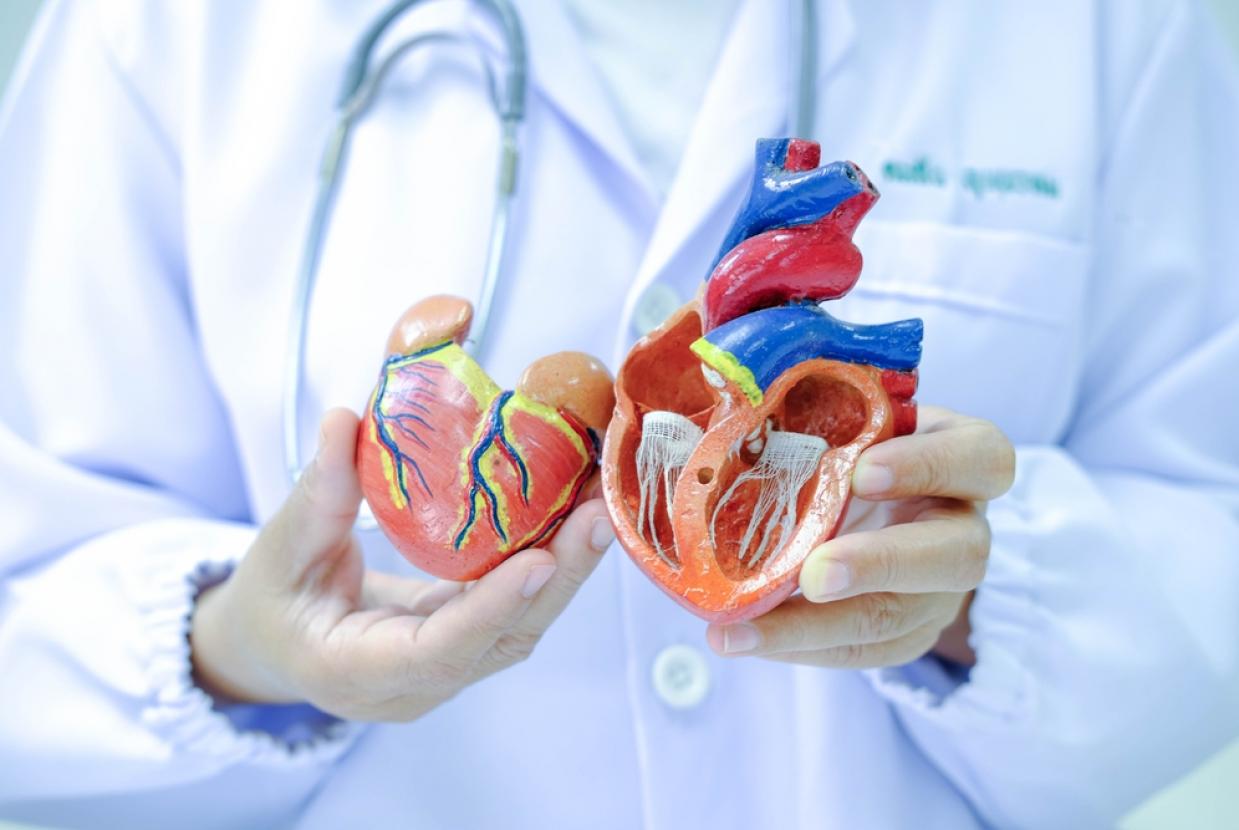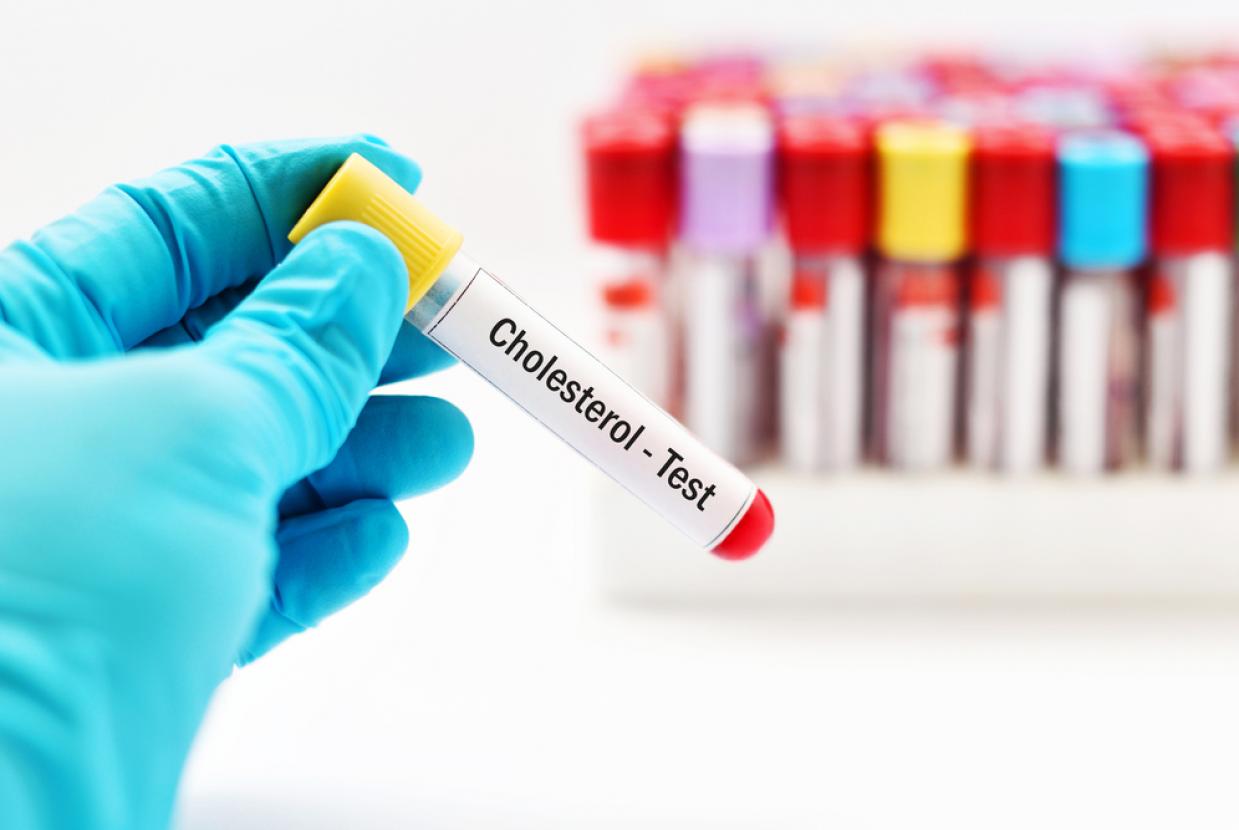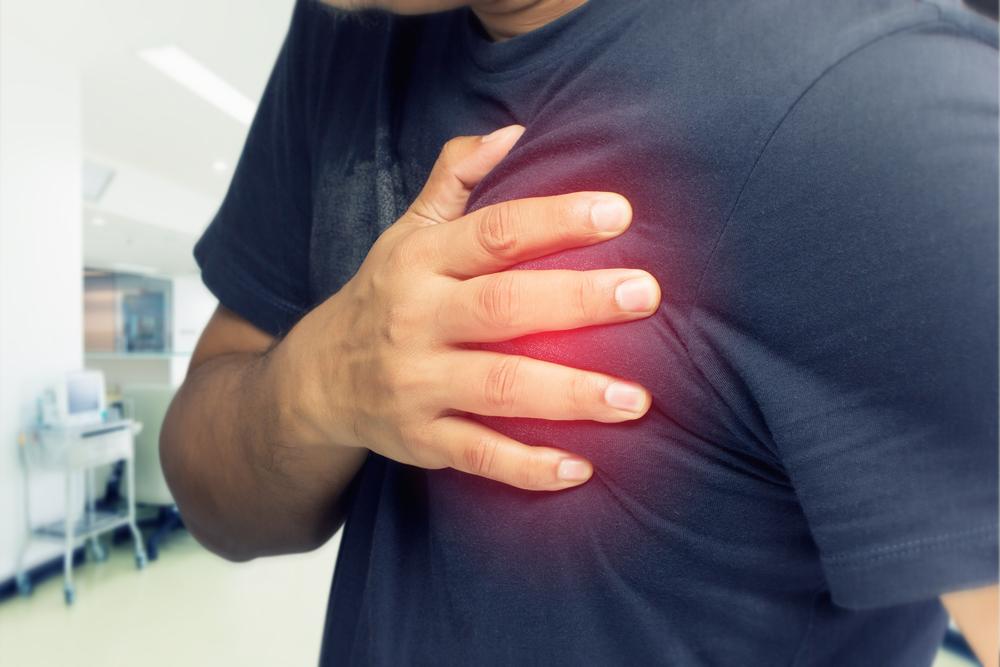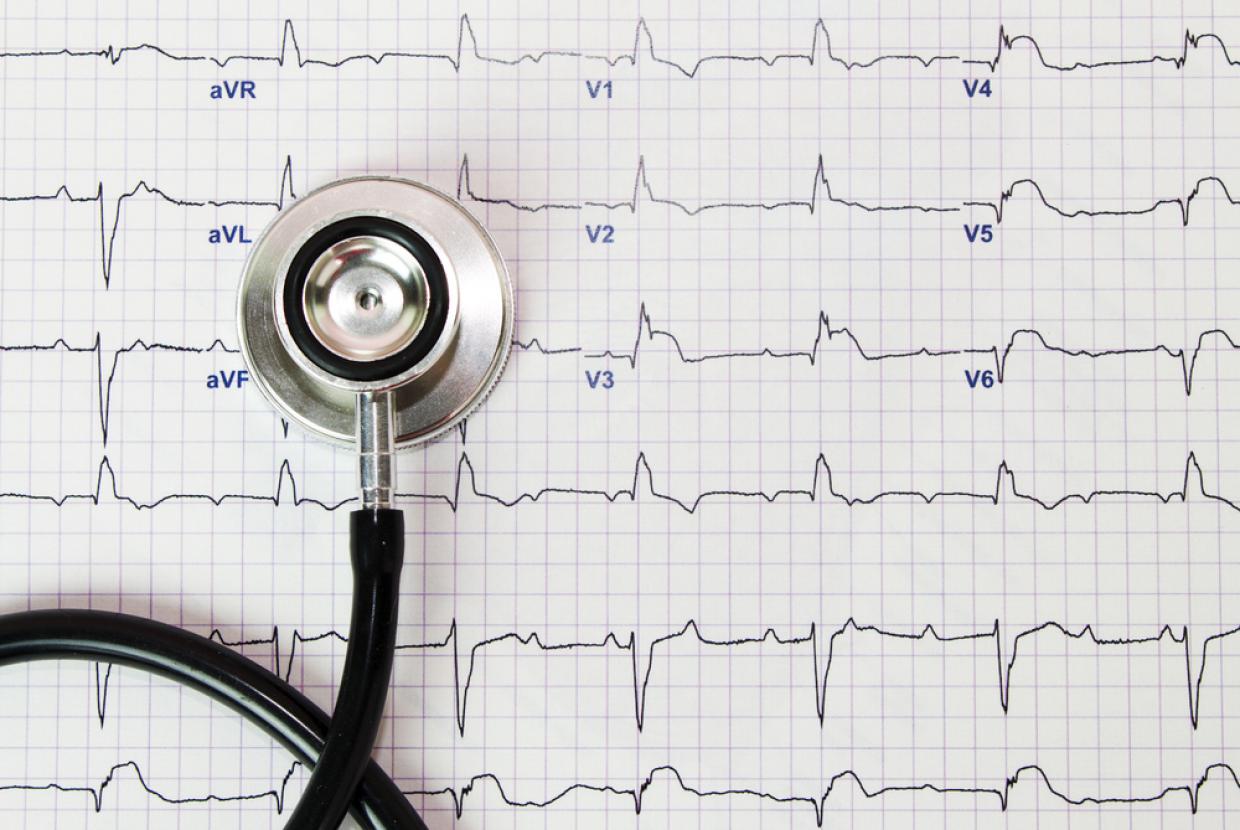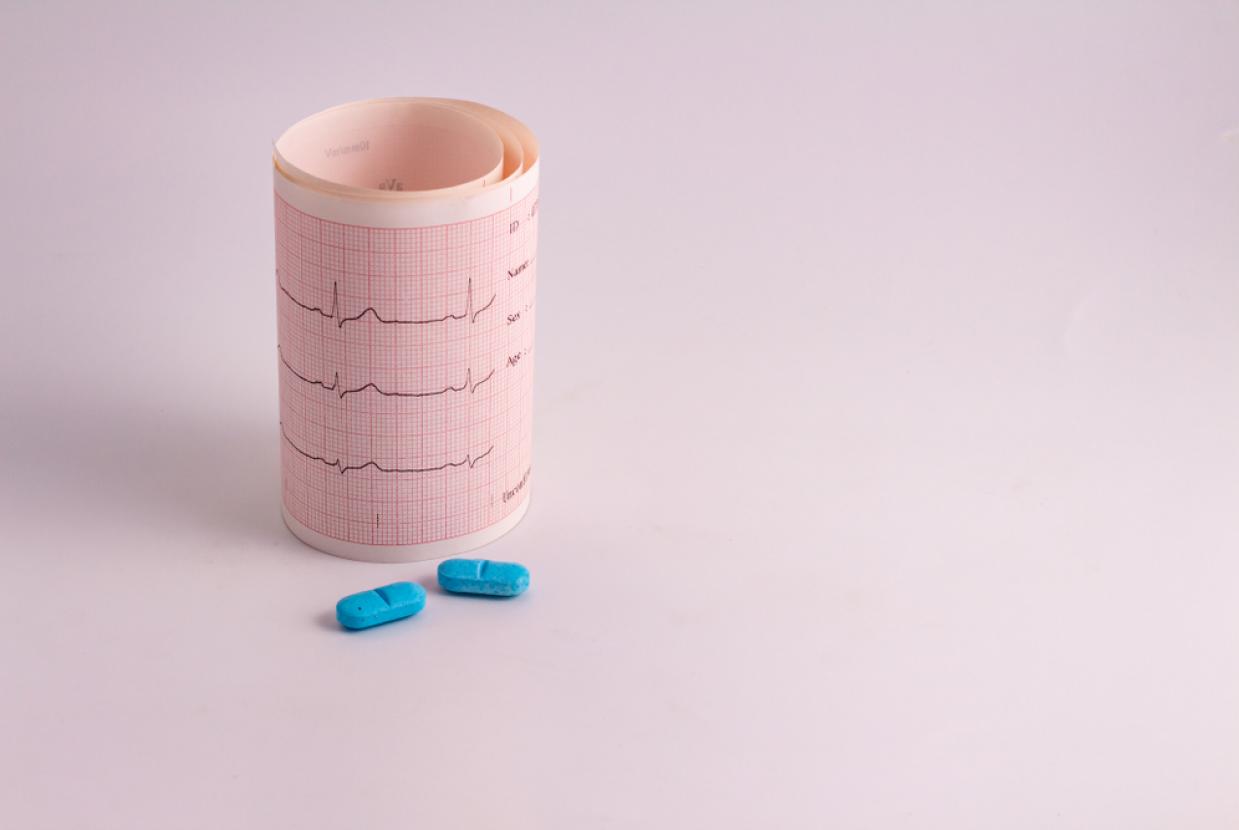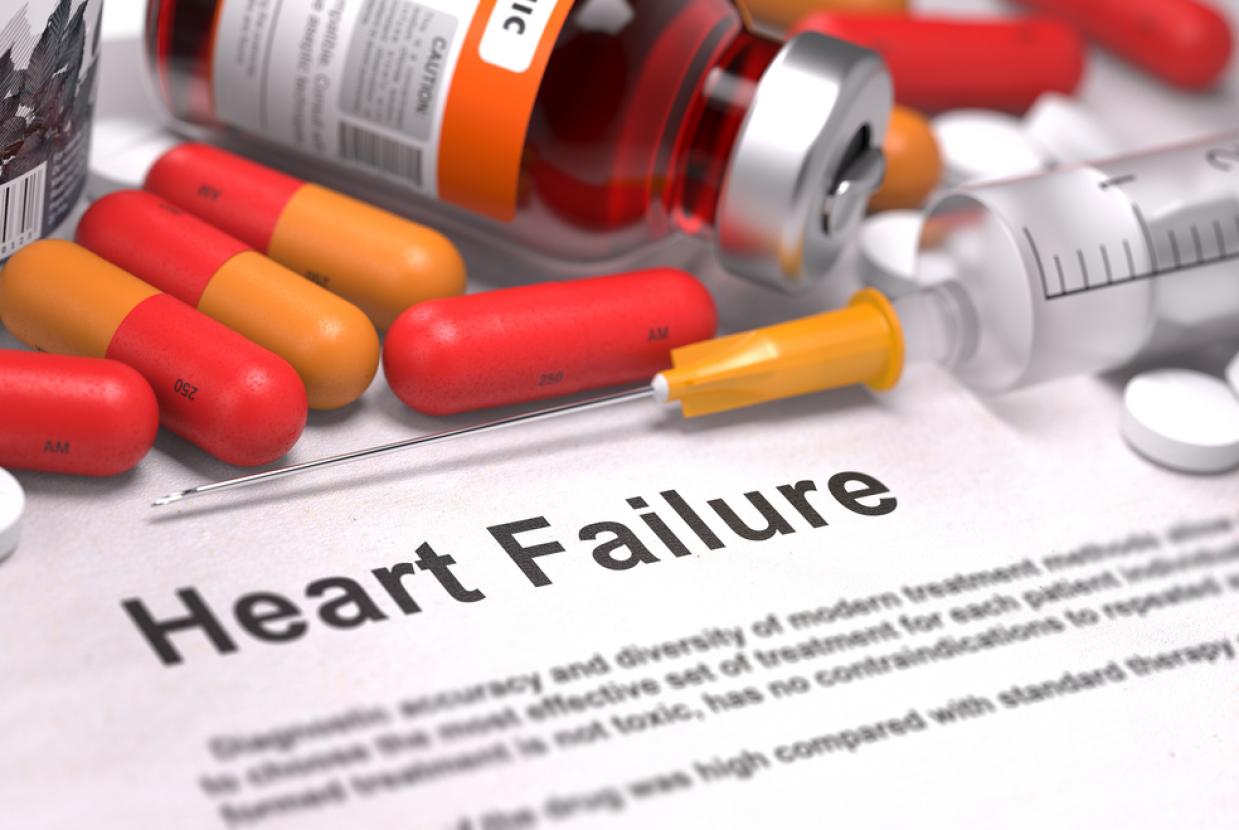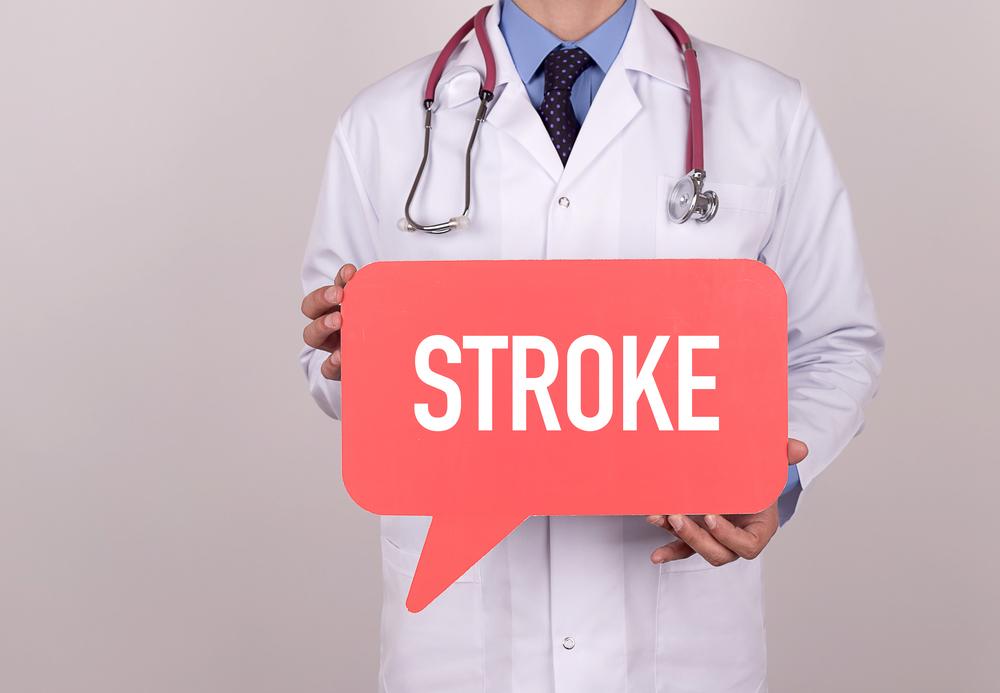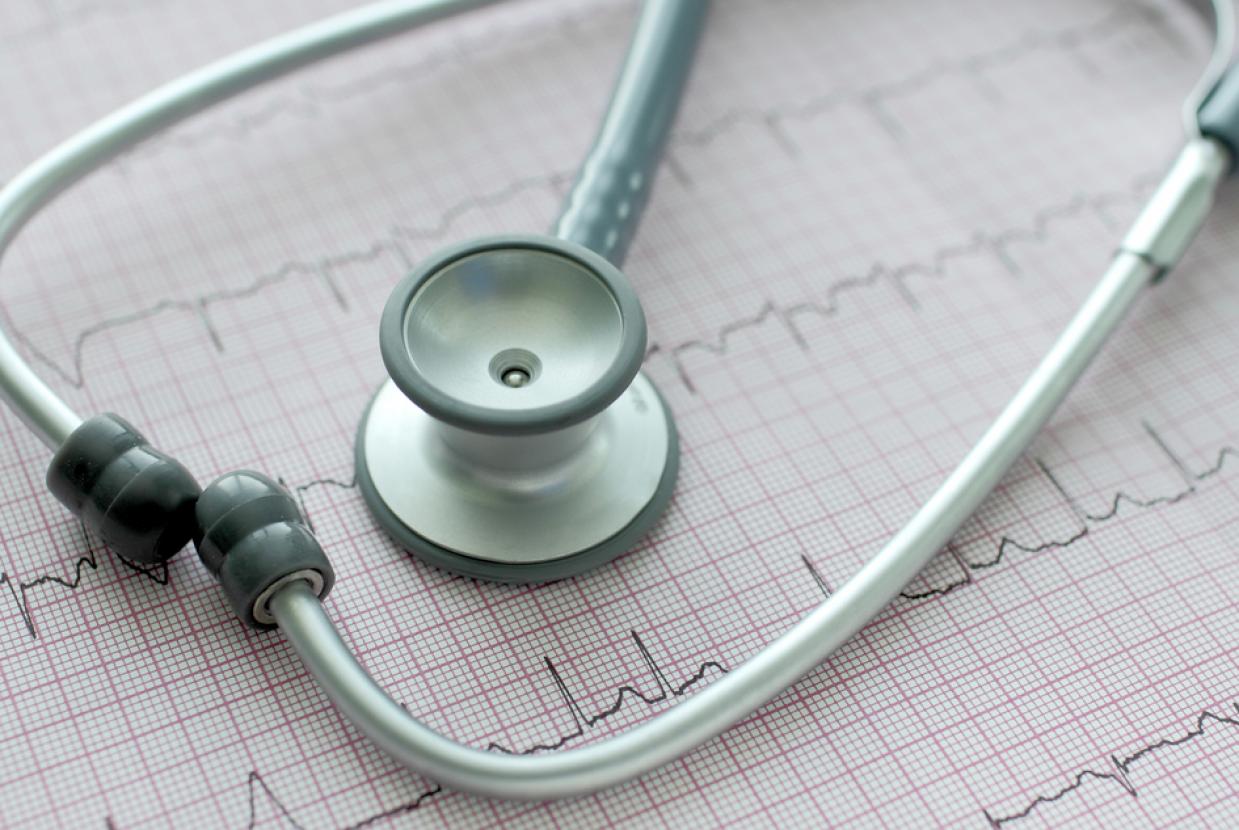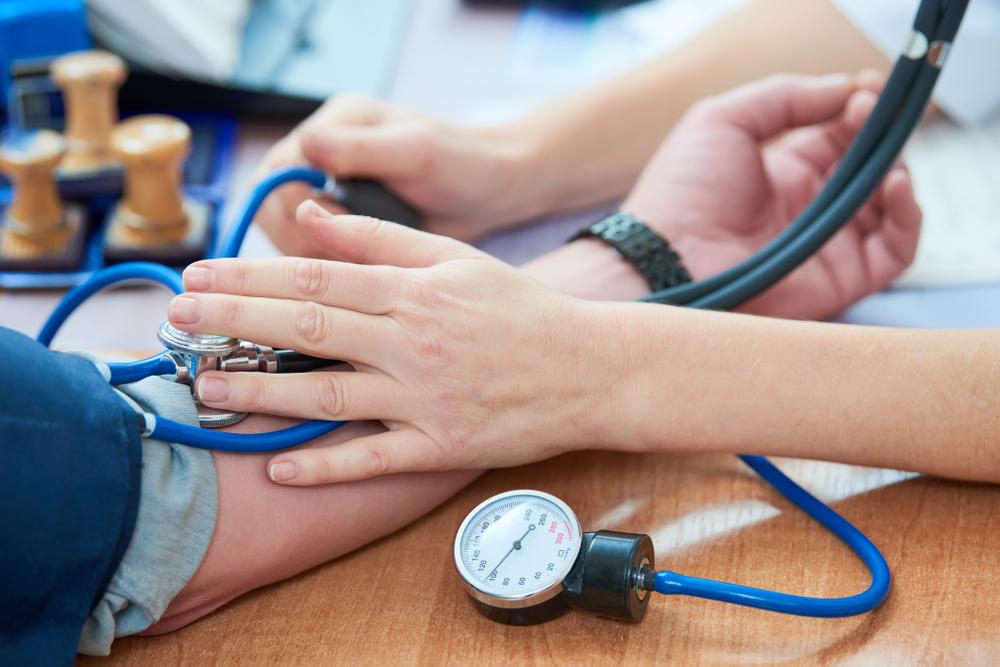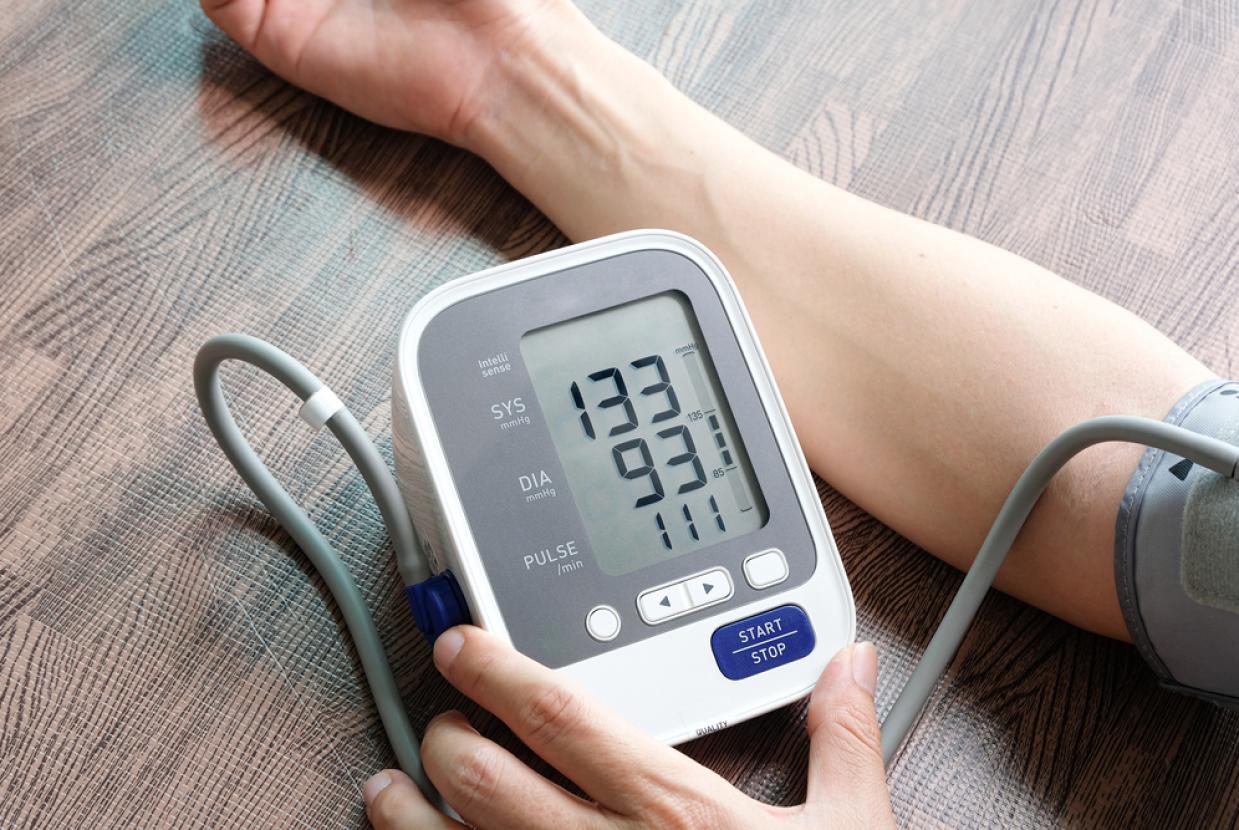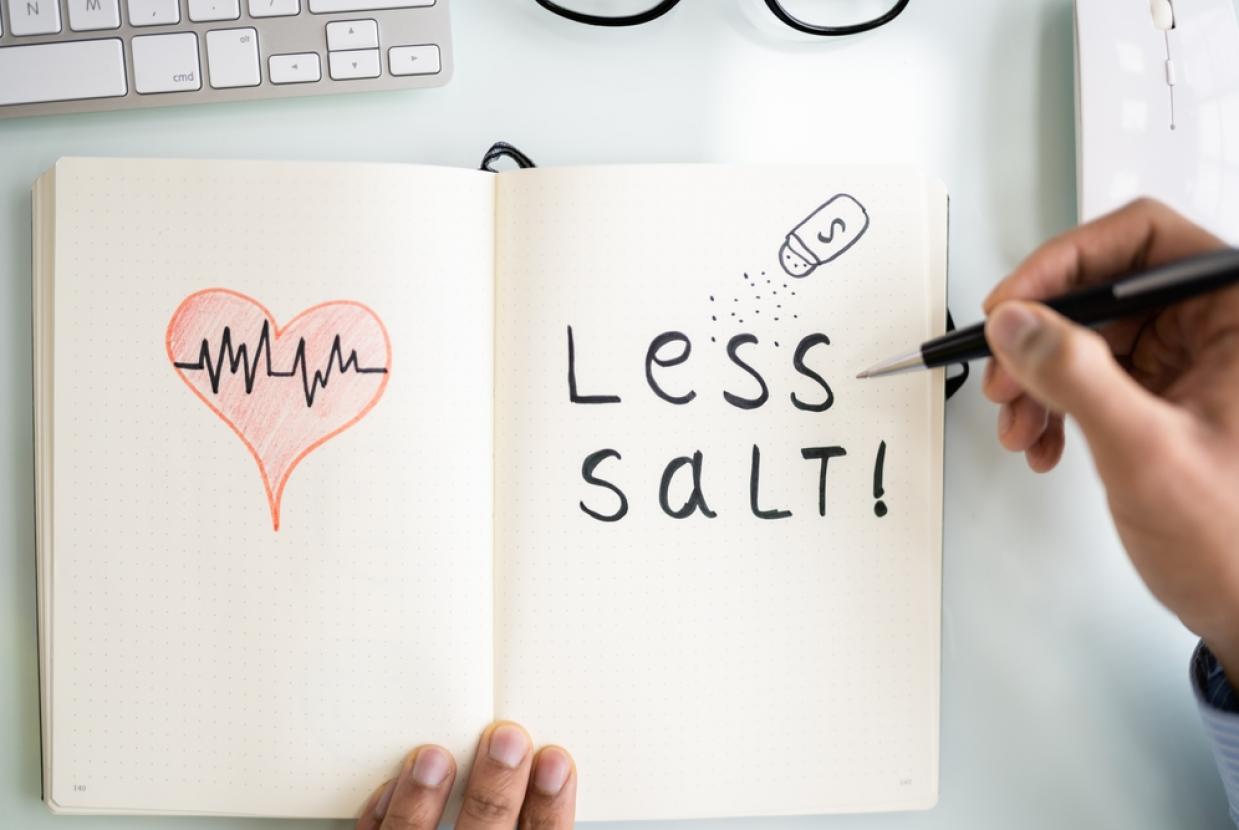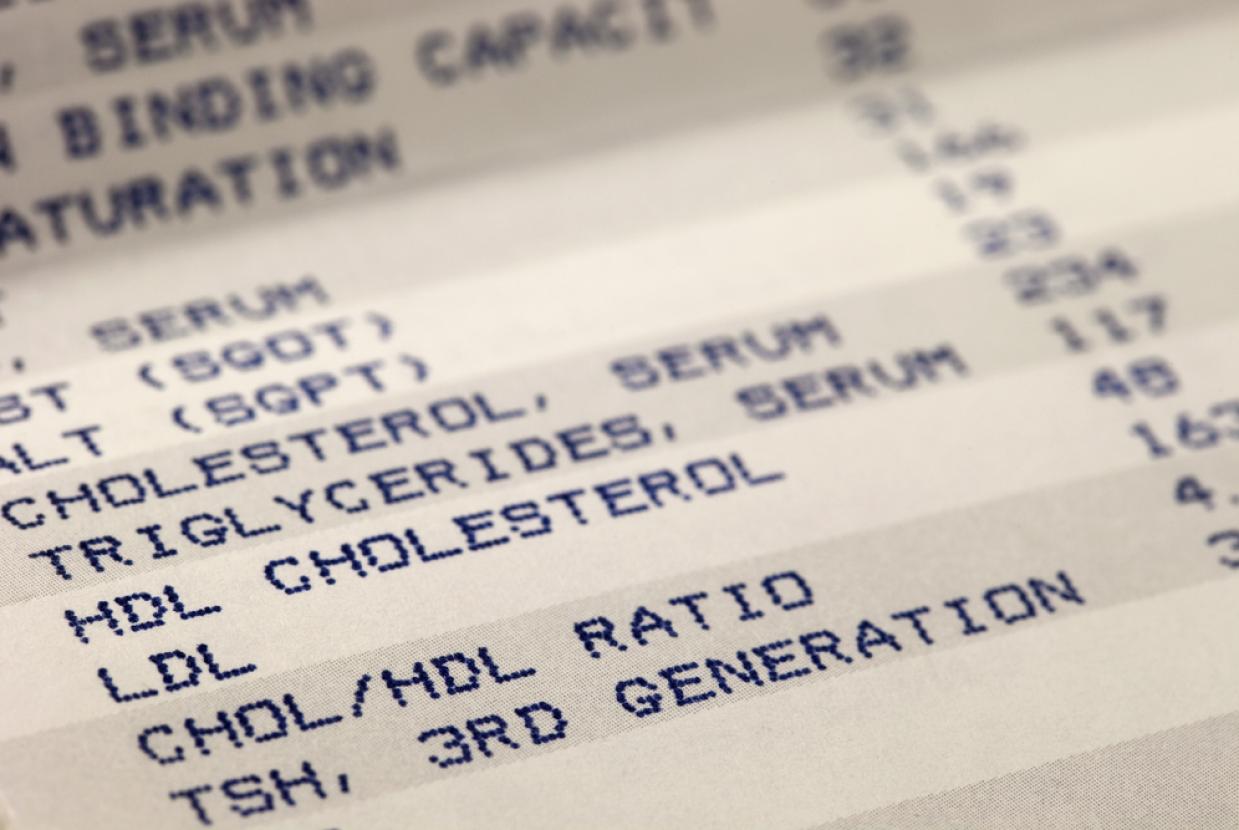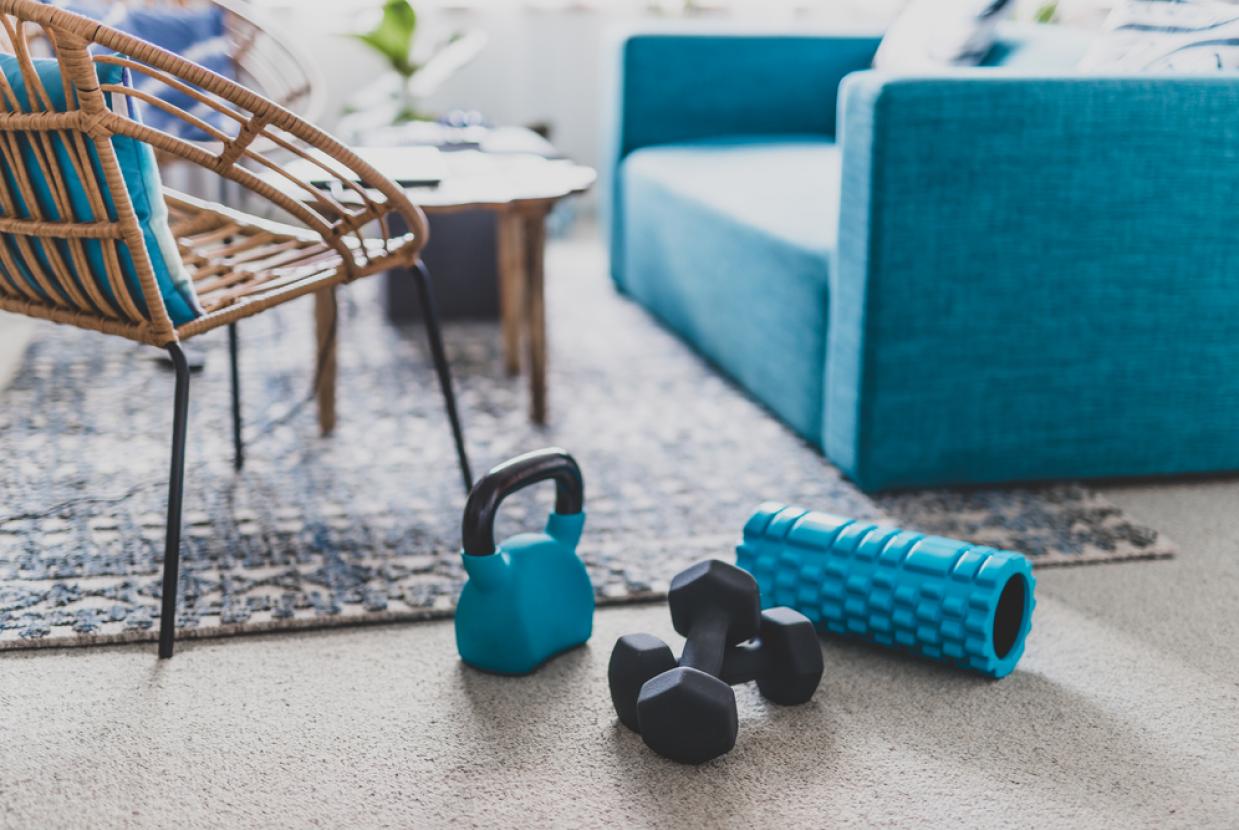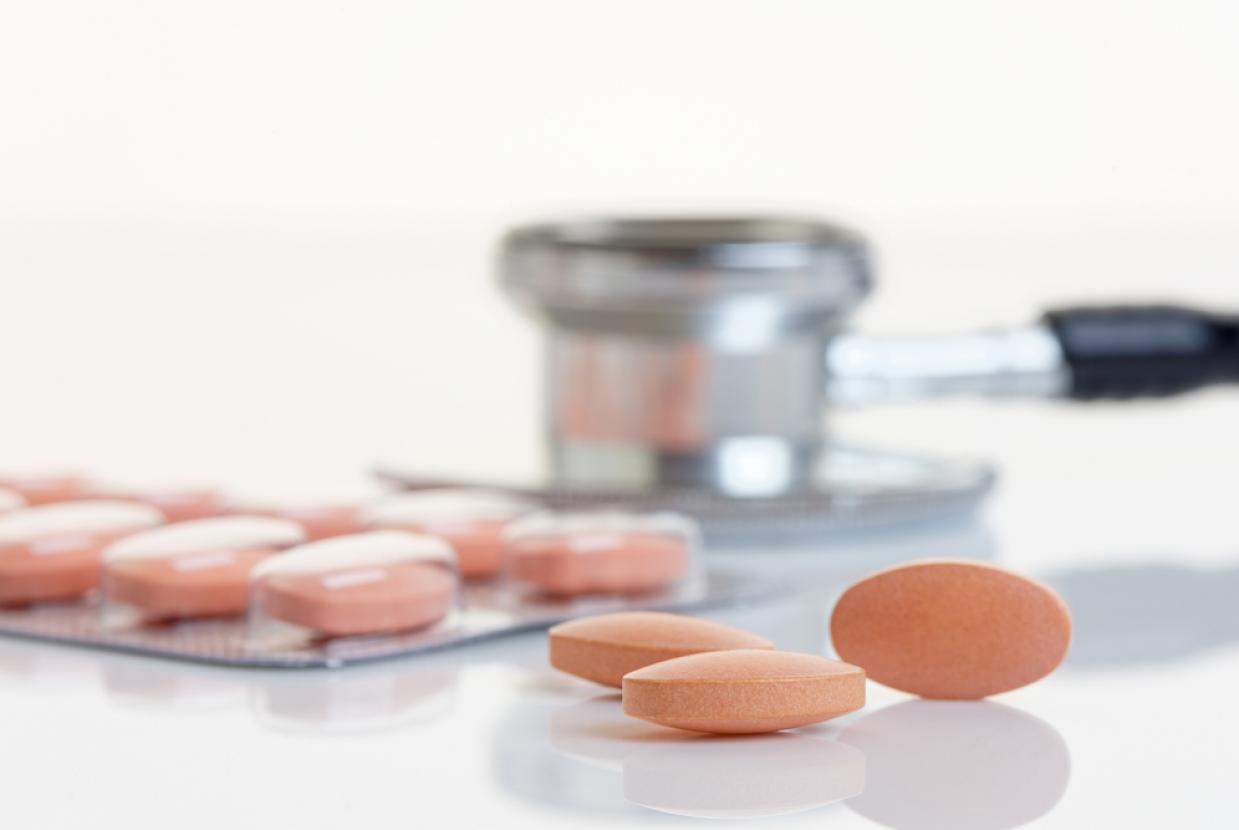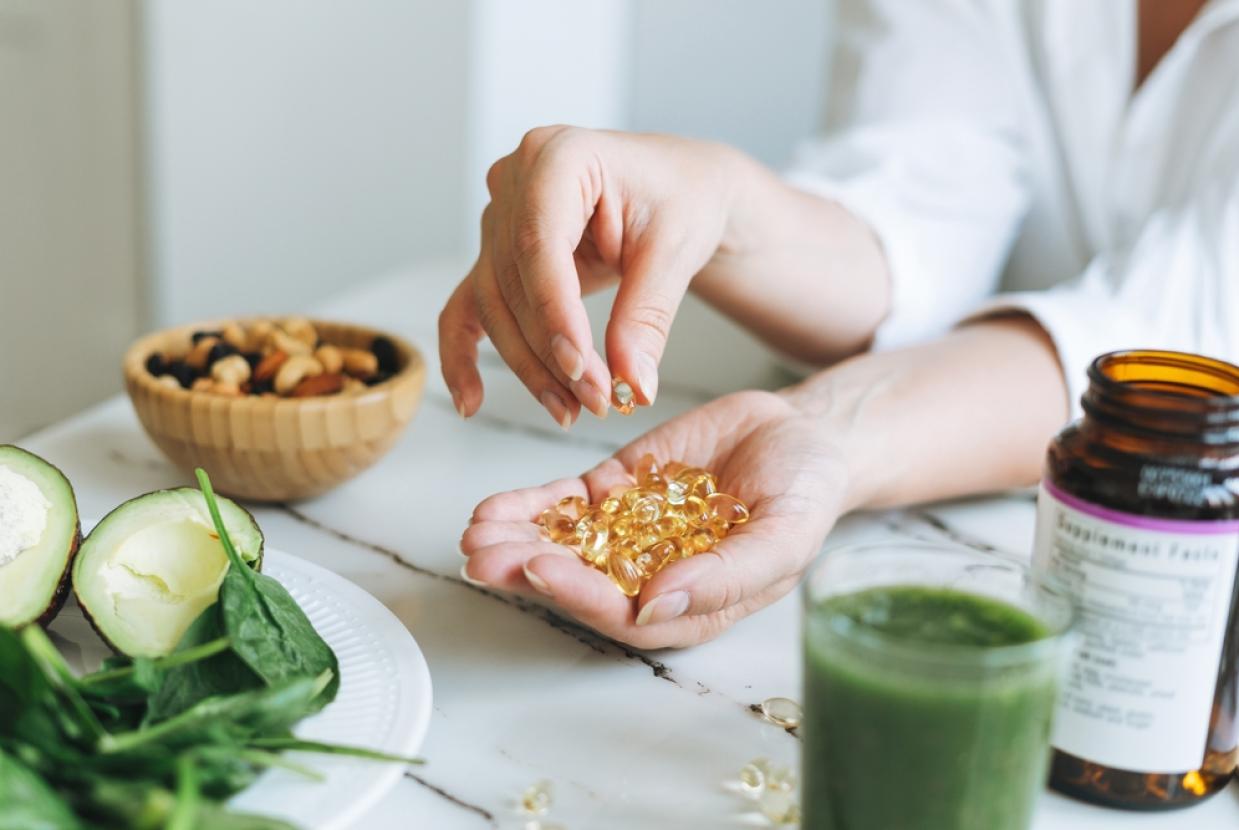Why Should I Be More Active?
Heart HealthBeing physically inactive or sedentary can lead to heart and circulatory diseases like heart attack and stroke.
What is physical inactivity?
Physical inactivity or being sedentary is when you don’t move your body for long periods of time. This can include sitting or lying on the sofa watching TV, and sitting at a desk or computer. Being physically active doesn’t mean you need to join a gym or run a marathon. It can include things like housework and gardening – it’s all about getting up and moving more.
How does physical inactivity increase the risk of heart and circulatory diseases?
Being inactive can lead to fatty material building up in your arteries (the blood vessels that carry blood to your organs). If the arteries that carry blood to your heart get damaged and clogged, it can lead to a heart attack. If this happens in the arteries that carry blood to your brain it can lead to a stroke. The good news is there are many ways to reduce the risk of this happening.
Why should I be more active?
The heart is a muscle, and like any other muscle it needs physical activity or exercise to help it work properly. When you’re active, your lungs do a better job of getting oxygen into your blood so it can be pumped to all the tissues and cells of your body.
Being active can reduce your risk of developing some heart and circulatory diseases by as much as 35%. Regular physical activity:
- helps control your blood pressure and keep it within healthy levels
- raises your levels of good cholesterol, and reduces the bad cholesterol
- can help to control your blood glucose levels, reducing your risk of Type 2 diabetes
- increases the number of calories you burn and helps you maintain a healthy weight.
Not only does regular activity protect your heart, it can also help your general wellbeing by boosting your mood, improving your concentration and memory, and helping you sleep better
How active do I need to be?
To reduce your risk of heart and circulatory diseases, you need to be active every day. You don’t need to do specific exercises or take up a sport, you can go for a walk, mow the lawn, vacuum, or dance along to music. Any activity is better than none, and you should try to break up long periods of inactivity like sitting or lying down. When you’re watching TV, get up and walk around during the ad breaks.
Aim to do at least 150 minutes of moderate intensity activity per week. This is anything that raises your heart rate, and makes you breathe faster and feel warmer, like brisk walking or cycling. You can spread out the 150 minutes over the week. You can even do short bursts of activity – every minute counts. You should also aim to do muscle strengthening activities like using hand weights, climbing the stairs, gardening such as digging, or carrying heavy shopping on at least two days a week. Learn more about how physical activity can reduce your risk of heart and circulatory diseases.
Content sourced from the British Heart Foundation (bhf.org.uk).







